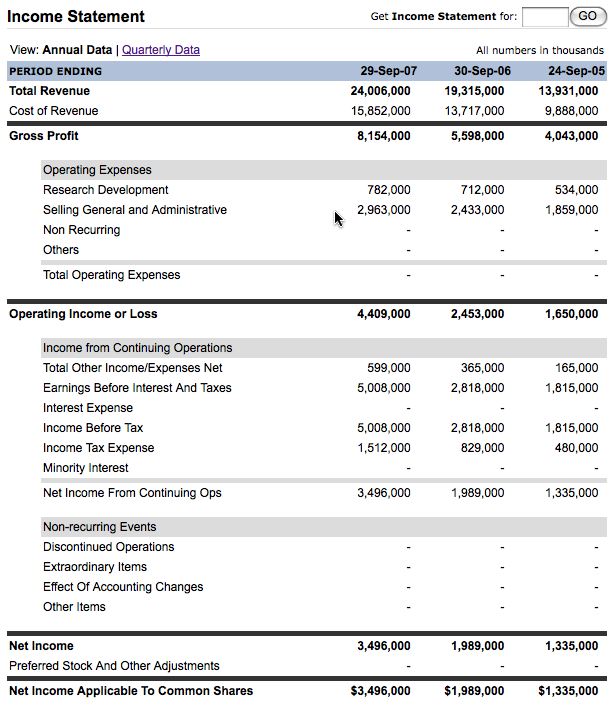Many of you may have heard by now that the Federal Reserve cut their key fed-funds rate to 1%, bringing it in line with the lowest level that it’s ever been at. Interestingly enough the last time that the rate was at 1% was within this decade – from June of 2003 until June of 2004. Even more interesting is that many people and economists have laid partial blame for the housing crisis on this low rate, essentially saying that the fed made money too cheap and caused people to be greedy and take unnecessary risks. If all of this is the case, then what of this time? Will having such a low rate now cause unexpected hardships in the near future? Besides that what does it mean for me and you now that the fed funds rate is at 1%?
Let’s look at the facts…
First of all a description of what the fed funds rate is, from CNN Money.
The fed funds rate is used to set rates for a wide variety of consumer loans, including home equity lines and credit cards, as well as for many business loans.
You’ve likely heard of the prime rate. The prime rate changes in line with the fed funds rate. It is almost always 3% higher than the fed funds rate, which would put the prime rate at 4% sometime in the near future. Almost all of the banking products that you use are based on the prime rate. Both deposit accounts and loans change along with a change in the fed funds rate (and therefore the prime rate). You can expect savings rates of all flavors (cd’s, money markets, savings) to drop and on the flipside you’ll likely see some loan rates to drop as well.
Keeping all of that in mind let’s take a look at what the lower fed funds rate is likely to do for the economy. There are two options. It will do nothing, as in not help at all, or it will hurt the economy. There is no other option. It most definitely will not help matters at all. Why?
The problem with the current credit crisis is not that loans are expensive. They’re actually pretty inexpensive. At the credit union I work at an auto loan starts at about 5.5% and if you look at bankrate.com the national average for an auto loan is about 6.5%. No, loans are not expensive, banks are just unwilling to lend, especially to each other. They are afraid that if they lend out too much of their cash that they could end up in an illiquid situation and go bankrupt just like Lehman Brothers, WaMu or any of the other failures we’ve had as a result of this crisis.
One economist said it best, as quoted again from CNN Money.
“The latest Fed move is not going to hasten the economic recovery by a single day or accelerate the cleansing of bank balance sheets,” said Bernard Baumohl, executive director of The Economic Outlook Group. “What is needed more than anything else at this stage is simply patience.”
Be Patient Mr. Bernanke, Be Patient World.
This thing is not going to fix overnight. There is no easy fix. The fed funds rate at 1% won’t do a single thing to fix it. So why lower it? It’s probably purely psychological, and at this point it shouldn’t do much harm but I’m afraid the problem is that they won’t raise rates until the crisis cleans out completely, at which point it may be too late. By then there may have begun another lending bubble. Let’s hope Bernanke is smart enough not to let it come to that.
In the meantime let’s all practice a little patience, shall we? It is after all a virtue, and shouldn’t we all strive to be virtuous? If we were you can bet we wouldn’t be in the mess we’re in right now.







